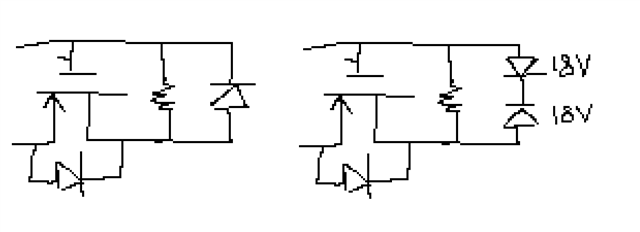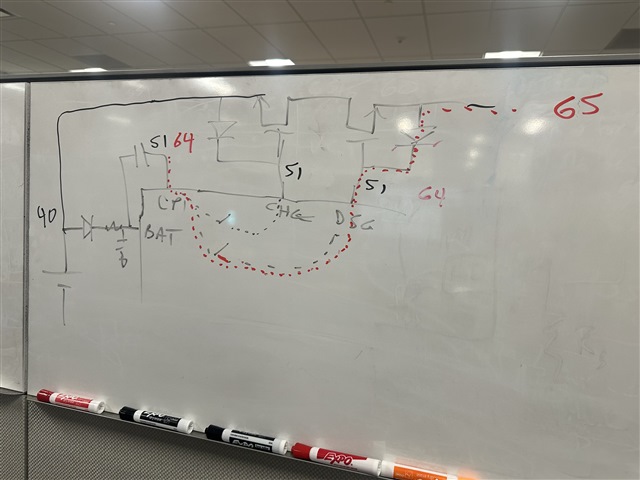Tool/software:
I have been using the BQ76952 for half a year. During this period, I have also discovered some issues that cannot be completely resolved yet. Therefore, I am posting this to seek assistance from experts to solve them:
Architecture description: The MCU controls the working state of the BQ76952, and transmits data externally or updates the program for the MCU through RS485.
Question 1:
Problem Description: The program was burned into the MCU via RS485. During the initialization of the MCU, it was discovered that the equalization circuits of AFE were completely burned out.
Preliminary Analysis: By measuring the burned PCB board, it was found that, for example, the voltage of VC1 was normally around 3.3V, but the actual voltage of VC1 was B+ voltage. Similarly, the voltages of VC2/VC3 were also like this. This led to a large power consumption of the filtering resistors in the equalization circuits, causing further burning.
Required Assistance: In principle, our burning-in of the MCU will not affect AFE. However, we have already damaged 3 boards, and currently we cannot determine the cause. We need experts to provide guidance and suggest possible reasons?
Question 2: Application scenarios of 16-cell battery packs,
Question description: When the battery cell voltage is 2V and the total voltage is approximately 32V, and a charging voltage of 60V is applied to P+ and P-, artificially creating a voltage difference of more than 20V between the charging voltage and the total cell voltage, it is found that the charging MOS transistor has burned out;
Preliminary analysis: After multiple re-tests, the reason for the damage of the MOS transistor is that when the voltage difference is greater than 20V, the charging MOS will have a driving voltage of about 4V, causing the MOS transistor to be in a slightly conducting state. As a result, the loss of the MOS transistor will be very large, and the MOS transistor will be damaged;
Things needing assistance: May I ask, when the charging voltage is more than 20V above the total voltage of the battery cell, why does the charging MOS transistor have a driving voltage? What is the cause of this and how should we solve it?
These two issues have been bothering us for two months now. We really need expert explanations and solutions.
Thanks Very much.



